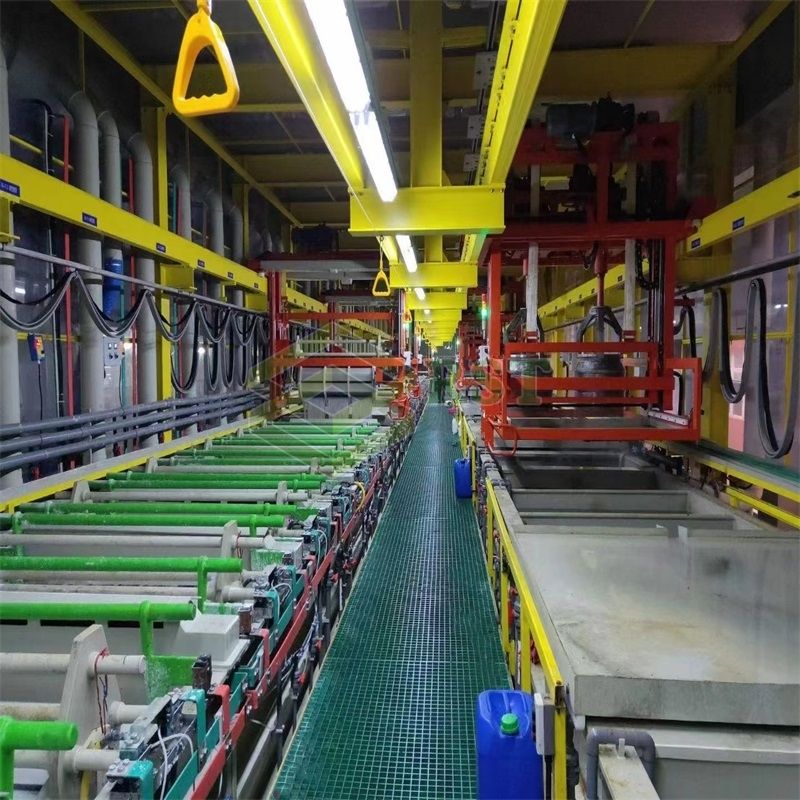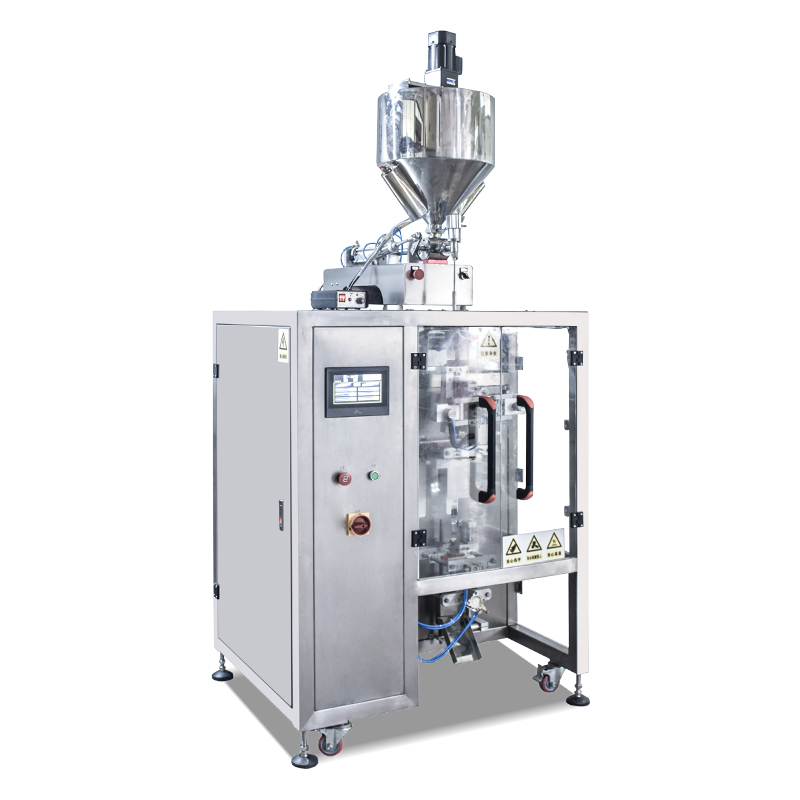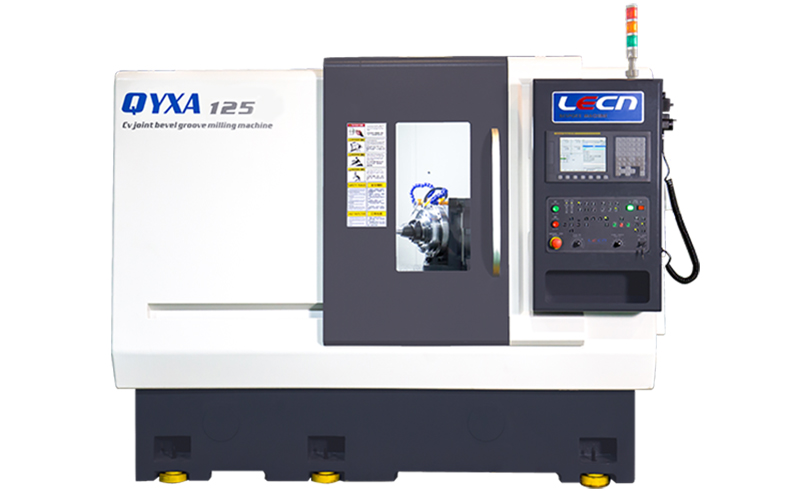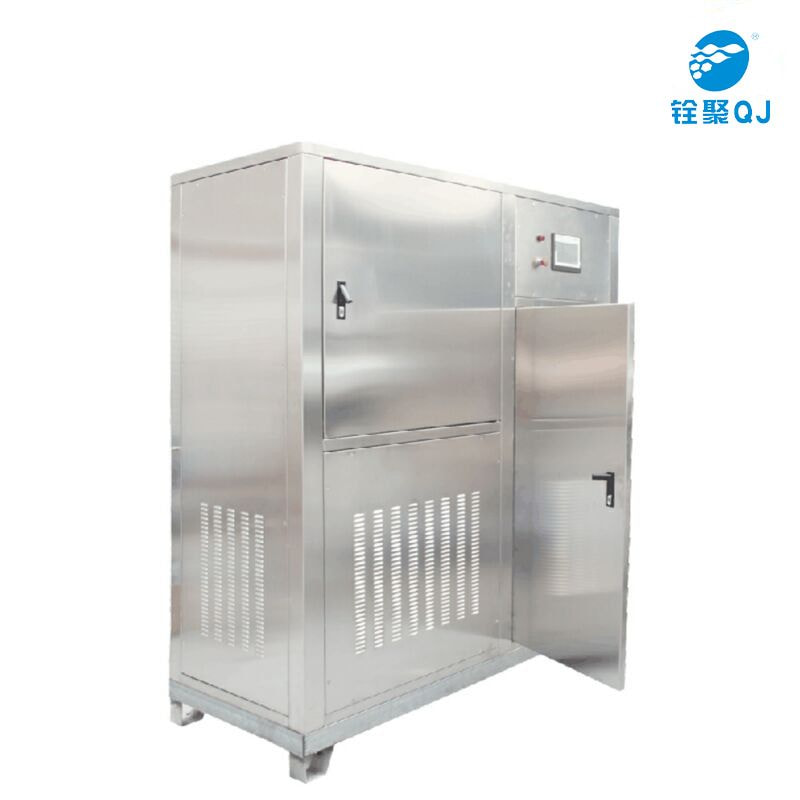The Differences Between Barrel and Rack Plating
Electroplating is a widely used process in various industries to apply a layer of metal onto a substrate for functional or decorative purposes. Barrel plating and rack plating are two common electroplating techniques, each with its own advantages and applications. Understanding the differences between barrel and rack plating is crucial for selecting the appropriate method for specific plating needs. In this article, we will explore the distinctive characteristics of each technique to shed light on their unique features and applications.
Barrel Plating: Barrel plating, also known as barrel electroplating or mass plating, is a batch plating process suitable for small, loose, or delicate parts. It involves placing the workpieces into a rotating barrel or drum, along with the plating solution and metal ions. As the barrel rotates, the parts tumble, ensuring uniform metal deposition on all surfaces. Barrel plating is highly efficient for bulk processing and is particularly useful for high-volume production of small parts.
Advantages of Barrel Plating:
High Efficiency: Barrel plating allows for the simultaneous processing of multiple parts, reducing plating time and maximizing productivity.
Cost-Effective: The ability to plate large quantities of small parts in one batch makes barrel plating a cost-effective option for mass production.

Uniform Coating: Tumbling action ensures even plating on all surfaces, including recesses and cavities.
Applications of Barrel Plating: Barrel plating is commonly used for small, non-delicate parts such as screws, nuts, bolts, fasteners, and small metal components used in electronics, automotive, and aerospace industries.
Rack Plating: Rack plating is a selective plating process suitable for larger, more intricate, and delicate parts. In this method, the workpieces are individually mounted on racks, which are then immersed in the plating solution. Each rack holds one or a few parts, allowing for precise control over the plating process. Rack plating ensures that specific areas or surfaces of the workpiece receive the desired plating thickness.
Advantages of Rack Plating:
Customized Plating: Rack plating allows for selective plating, enabling precise control over the plating thickness on different parts of the workpiece.
Recommended article:How to clean a meat grinder?
How does a turret CNC lathe machine work?
How Long Does It Take for Clothes to Dry in a Drying Machine?
Understanding the Operation of a Pneumatic Chemical Injection Pump
What is a Drilling Rig and Why is it Used?
Powering Progress: Advantages and Applications of Slip Ring Induction Motors
Prolonging Pump Life: When and How to Replace Slurry Pump Parts
Suitable for Complex Shapes: Delicate or complex parts with intricate geometries can be securely held in place on racks during the plating process.
Applications of Rack Plating: Rack plating is widely used for parts with complex geometries, larger components, and delicate items that cannot withstand the tumbling action in barrel plating. It is common in industries such as aerospace, defense, medical devices, and high-end jewelry.
Operational Considerations: While both barrel and rack plating offer distinct advantages, several operational factors must be considered when selecting the appropriate technique:
Plating Thickness: Barrel plating provides more consistent thickness across all parts, while rack plating allows for selective and precise control over plating thickness in specific areas.
Throughput: Barrel plating is ideal for high-volume production due to its ability to process multiple parts simultaneously. Rack plating, on the other hand, is better suited for low to medium volume production, where individual attention is required for each part.
Part Size and Complexity: Barrel plating is best for small, simple, and robust parts, whereas rack plating is suitable for larger, intricate, and delicate components.
Cost: Barrel plating is generally more cost-effective for mass production, whereas rack plating may have higher costs due to individual handling and customization.
Conclusion: Barrel plating and rack plating are two distinct electroplating techniques, each with its own advantages and applications. Barrel plating is efficient for mass production of small, non-delicate parts, while rack plating offers selective plating and is ideal for larger, complex, and delicate components. Understanding the differences between these techniques is crucial for selecting the most appropriate method to achieve desired plating results efficiently and cost-effectively for specific applications.
Pipe Rotators That Will Make Your Life Easier
Harnessing the Power of Cleanliness: The 55W UV Sterilizer
Unlocking the Secrets of Radiation Measurement Instruments: How Do They Work?
How Vertical Pressure Steam Sterilizers Keep Healthcare Safe
Demystifying the Cone Crusher Machine: Your Guide to Understanding its Function and Benefits
What are the Benefits of Electrical Actuators?
What is the meaning of ISO tank container?
Related Articles
-
Automatic CNC Machines: Revolutionizing Precision Manufacturing
-
Harnessing the Power of Ozone Generators: A Deep Dive into Applications and Benefits
-
EPE Foam Bonding Machine: Enhancing Foam Processing Efficiency
-
Choosing the Right Battery Capacity for an Electric Wheel Loader in a Construction Project
328
0
0









Comments
0